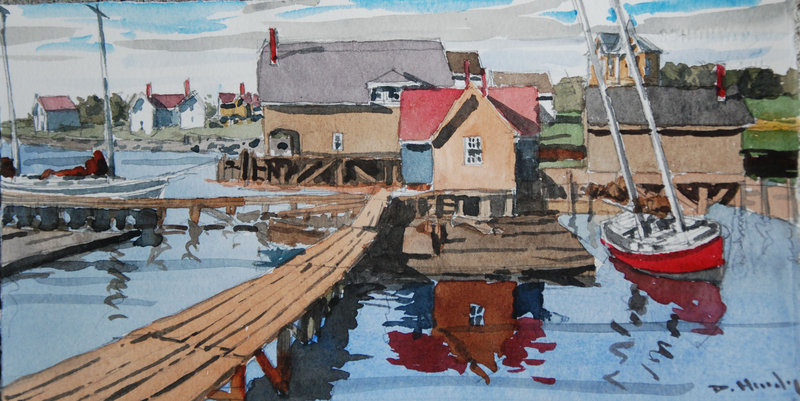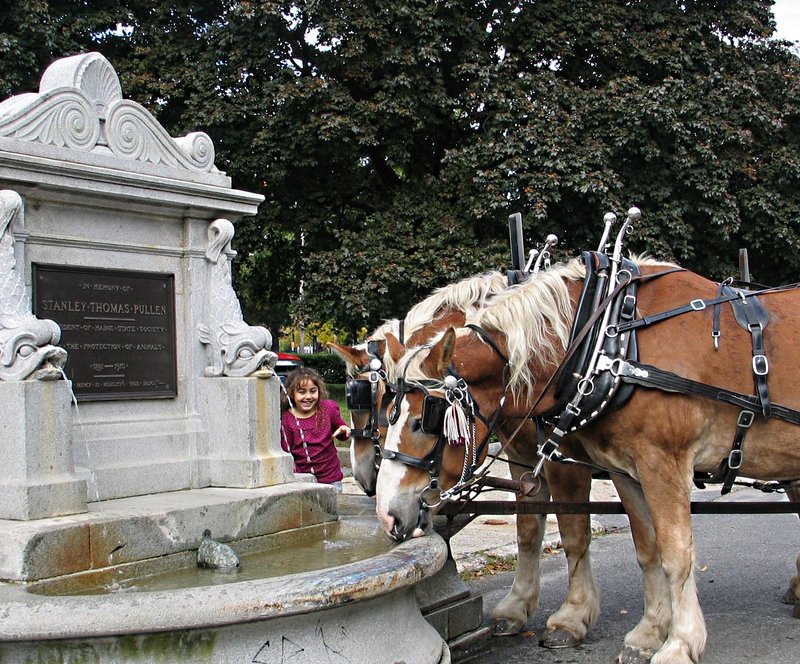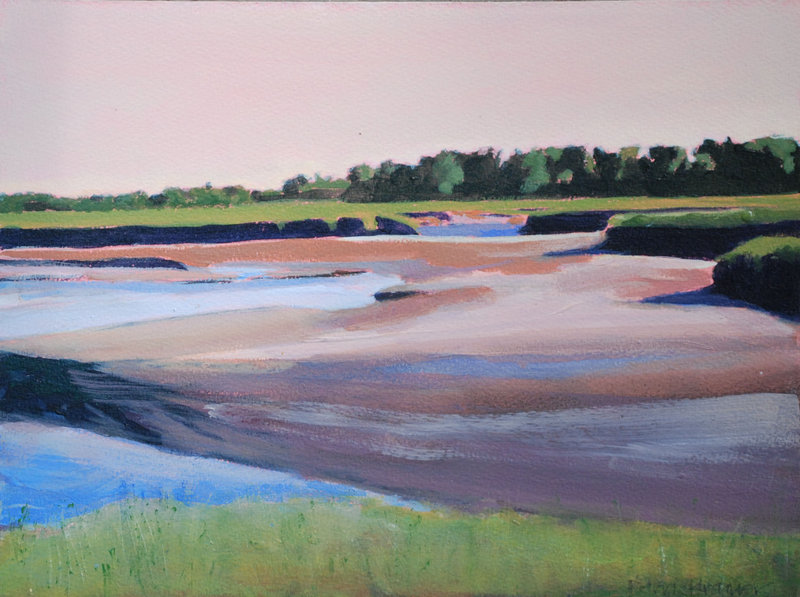This week
• From 4 to 7 p.m. Friday, the Brick Store Museum, 117 Main St., Kennebunk, will host Heartwood College of Art’s “Paint the Bunk” art sale. A large group of artists, including DeWitt Hardy, Susan Wilder and Claudette Gamache, have painted or otherwise created original artwork depicting the beaches, blueberry plains, homes, churches and other features of the Kennebunks. The work will be for sale on a first-come, first-served basis for $200 each.
Proceeds benefit Heartwood College of Art in Kennebunk. For information, call 985-0985.
Coming up
• As part of Portland’s First Friday Art Walk, the Portland Public Art Committee will hold its fifth talk in the “Art in Our Front Yard: Portland’s Public Art Collection” series with a discussion of the Pullen Fountain on Federal Street opposite the Federal Courthouse.
Art committee member Tony Muench will discuss the fountain, its history and significance within the city’s art collection. Muench led the renovation and redesign effort for the fountain, which was completed two years ago.
The talk begins at 5:30 p.m. Sept. 7.
The fountain was installed in 1910 as a horse trough and fountain on what was then the busy thoroughfare of Federal Street. It was designed by George Burnham of Portland and executed by the New Hampshire Granite Company.
The fountain was named in honor of local lawyer, politician and onetime editor of the Portland Daily Press, Stanley Thomas Pullen (1843-1910).
Pullen was also one of the founders of the Portland Society for the Prevention of Cruelty to Animals, organized in May 1872. He was instrumental in the formation of the Maine Society for the Protection of Animals, which merged with the local group in 1891 and he is considered one of the state’s first animal rights pioneers.
The fountain has served as a horse watering trough for more than a century, and remains in use during the warmer months when horse-drawn tour carriages amble through the Old Port.
The classically designed granite fountain is ornamented with six dolphins, and during its heyday was referred to as “The Bubble” by local children.
Send questions/comments to the editors.





